IMI Games
What do we address?
We address two burning issues in the workforce. Both Illness and burnout incur heavy costs to the industry.

Illness

Burnout
Direct Costs
Direct costs are due to
- Wages paid to absent employees.
- High-cost replacement workers Administrative costs of managing absenteeism
- Poor quality of goods/services resulting from
- Overtime
- Fatigue
- Understaffing
- Reduced productivity
- Safety issues
- inadequately trained employees filling in
- rushing to catch up
These add-upto nearly $ 1685 per worker in a year.
Indirect cost due to worker attrition and replacement
Such costs could be attributed to
- Recruitment
- Advertising
- Interviewing
- Screening
- Hiring
- Onboarding
- Training
- Management
- Lower level of productivity of new workers
Every time a business replaces a salaried employee it costs nearly 6 months’ salary of the recruited worker
IMI Games
What do we propose?
We propose gamifying healthy behaviour through an institution-wide tournament revolving around a “wellness factor” feeding directly into the scores of a leader board.
The wellness factor depends on the performance on various health challenges an individual takes-up
What does this include?
We propose gamifying healthy behaviour through an institution-wide tournament revolving around a “wellness factor” feeding directly into the scores of a leader board.
The wellness factor depends on the performance on various health challenges an individual takes-up
The health challenges include
- A gamified step-counter
- An Augmented Reality based Exergame
- A Dietary Journal
- Digitized Anxiolytic Mental Exercises
Information about individual risk factors, personal affinities and concerns are learnt through questions interspersed inbetween different game segments of the tournamemt.
Information thus gathered will be used to
- Recommend a personalized battery of screening tests, ensuring that no money or time is wasted on unnecessary investigations and the salient ones are done
- To individually tailor brief advices to align with personal affinities and concerns to maximise compliance
- To generate a company-level risk factor profile
What’s unique about our wellness solution?

Our product represents the perfect marriage between evidence based public health practices and social psychology to ensure high levels of engagement and maximum effectiveness.
Sound public health approach
The impact of a proposed intervention on health of a group depends on the magnitude of the addressed health issues and the efficacy of the solution.
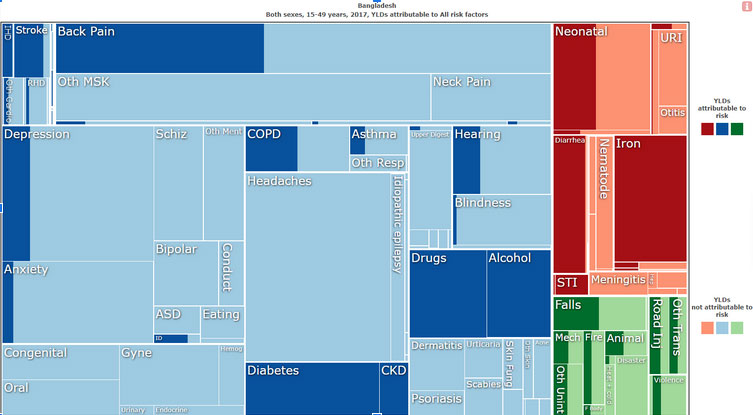
Each disease to be prioritized, and each behavioral or environmental risk factor to be addressed through the intervention will be decided according to the country specific risk profile of the given to the age group and gender.
This will ensure that the most prevalent and salient risk factors are addressed while keeping solely opinion-based decision off the table.
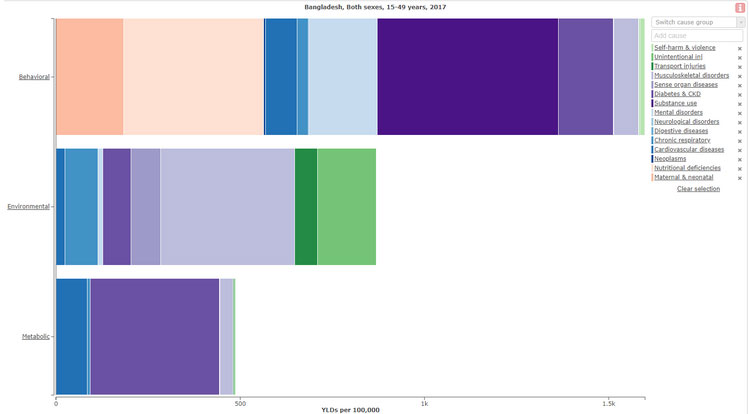
Evidence based social psychology at work
The uptake of proposed solutions in a group depends on the social psychology principles underpinning the interventions.
Therefore, the out corporate wellness solution has been designed on solution must adhere to best practices in social psychology to ensure optimal uptake.
A systematic review of 19 studies found that gamification interventions significantly increased physical activity levels in participants compared to control groups (Cugelman et al., 2016).
A randomized controlled trial of a gamified physical activity program found that participants in the intervention group significantly increased their physical activity levels compared to a control group (Baranowski et al., 2013).
Incentivizing a physically active lifestyle through ranking on a leader board.
Positive reinforcement of behavior is a well-known factor for behavioral modifications.
Tate, D. F., Jackvony, E. H., & Wing, R. R. (2003). Effects of internet behavioral counseling on weight loss in adults at risk for type 2 diabetes: A randomized trial. Journal of the American Medical Association, 289(14), 1833-1836
O’Connor, P. J., Herring, M. P., & Caravalho, A. (2010). Mental health benefits of strength training in adults. American Journal of Lifestyle Medicine, 4(5), 377-396.
The institution-wide tournament would have a series of hyper-casual games as an easy entry point given its universal appeal.
Since the users who have invested sometime in the game, they would want to make the most of it by taking on a health challenge than someone starting afresh.
Foot-in-the door Technique
Freedman, J. L.; Fraser, S. C. (1966). “Compliance without pressure: The foot-in-the-door technique”. Journal of Personality and Social Psychology. 4 (2): 195–202. doi:10.1037/h0023552. PMID 5969145. S2CID 18761180Endowment Effect
Beggan, J. (1992). “On the social nature of nonsocial perception: The mere ownership effect”. Journal of Personality and Social Psychology.
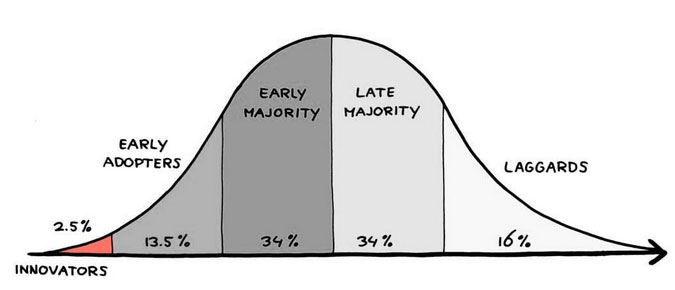
Percentage who’d readily pick-up health challenges
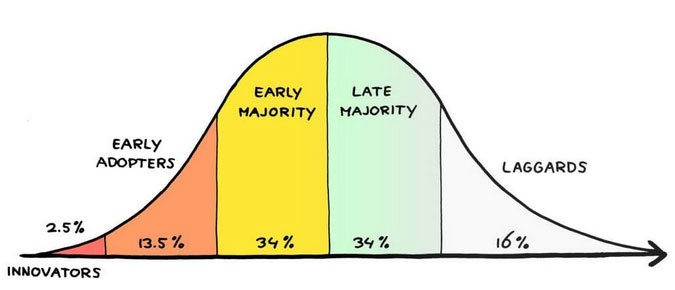
Percentage who’d readily pick-up a hyper-casual game challenge
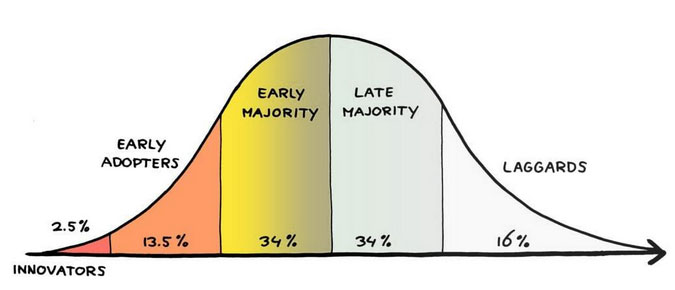
Percentage who’d readily pick-up a health challenge once committed to the process
IMI Games
Individualized Approach
Individually tailored Health Advices
Information about personal affinities and behavioral risk factors, extracted from mini-quizes will be used to design and deliver individually tailored health advices
This process of extracting information from an individual to craft person-specific health advices is known as “Brief Advices”;
an extremely efficient behavioral modification technique based on transtheoretical model in behavioral psychology
Recommending tailor-made screening packages
Answers in mini-quizzes will be analysed to identify the user’s specific health risk profile.
An individualized screening battery would be suggested when it is deemed useful, based on this user specific risk profile.
This will be superior to traditional one-size-fits-all biochemical screening test batteries as it
- Prevents the waste of money in doing investigations with a very low yield
- Detects simple correctible conditions leading to low productivity/ attendance / morale
In a nutshell, we aim to…
- Address worker burnout
- By improving workplace social dynamics through an e-sports tournament within the institution.
- Improve worker health by
- Introducing a set of health challenges to create an inclusive culture to promote positive behavioral changes at workplace, leveraging social cognition
- Suggesting screening tests (where necessary) based on user specific risk profile
Designing and delivering “Brief Advices” according to the transtheoretical theory in behavioral psychology to elicit a positive behavioral change - Assessing the institutional level risk profile and suggesting possible institutional level interventions
